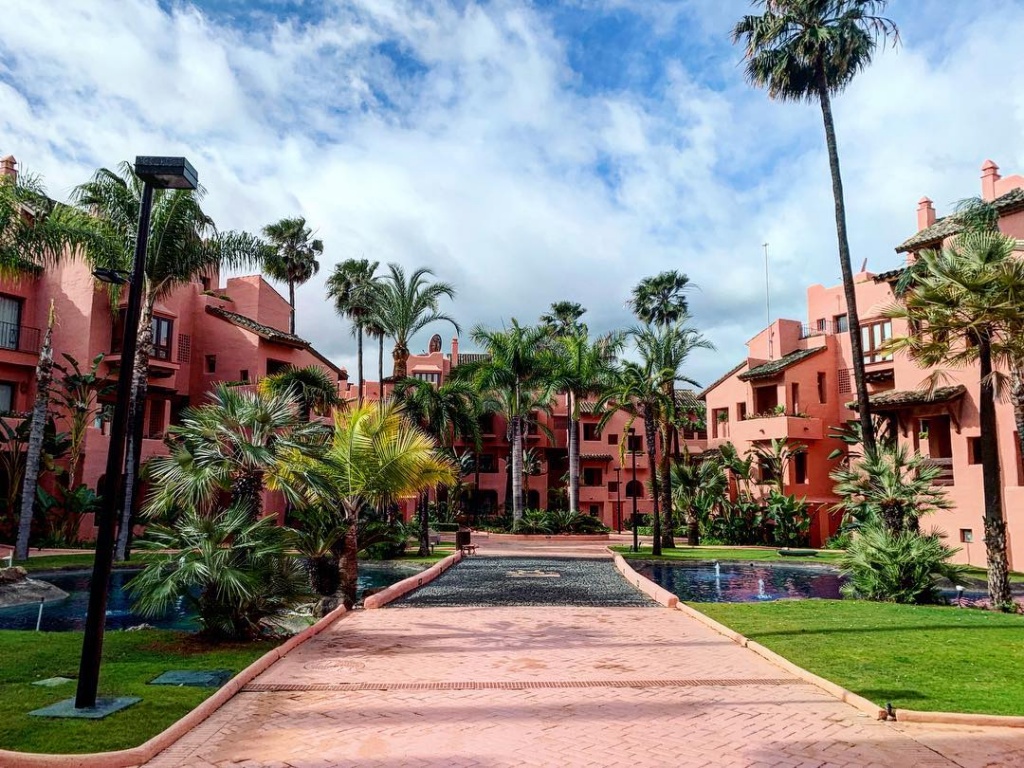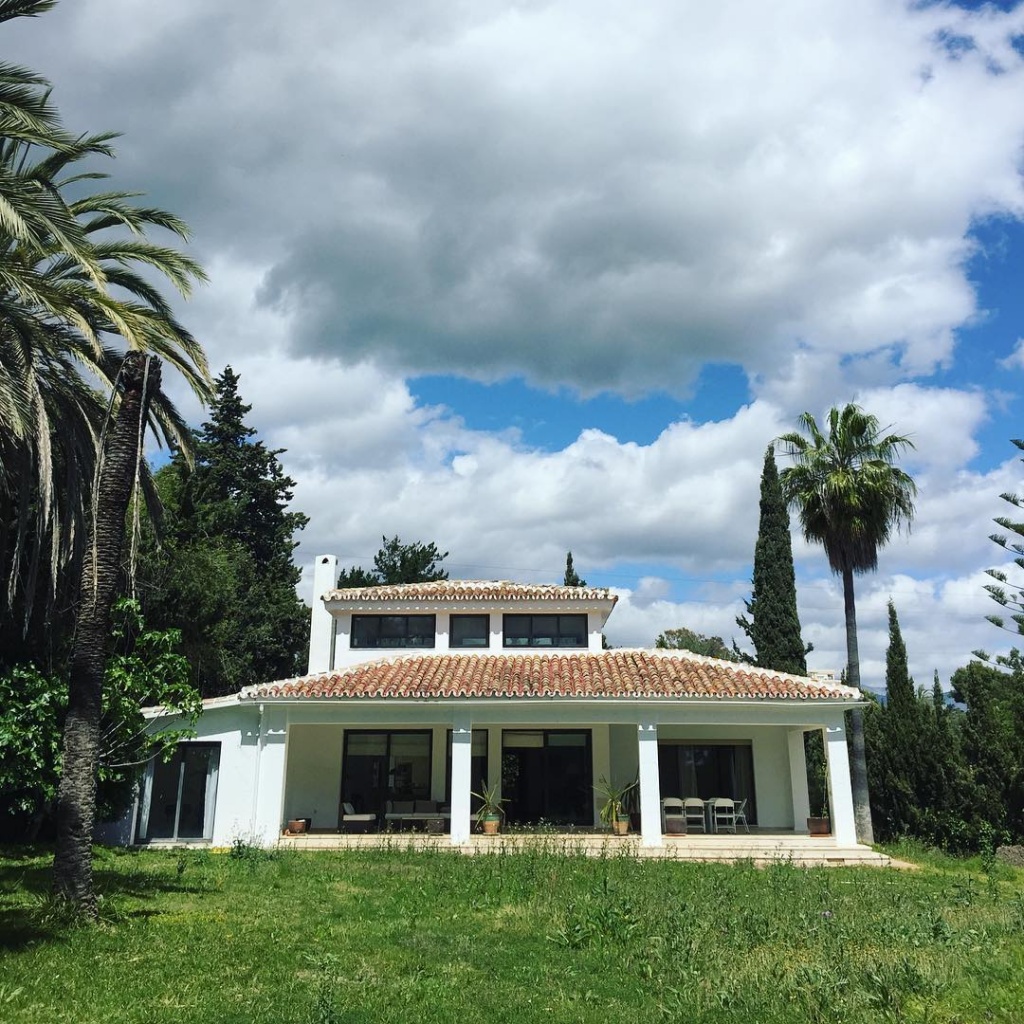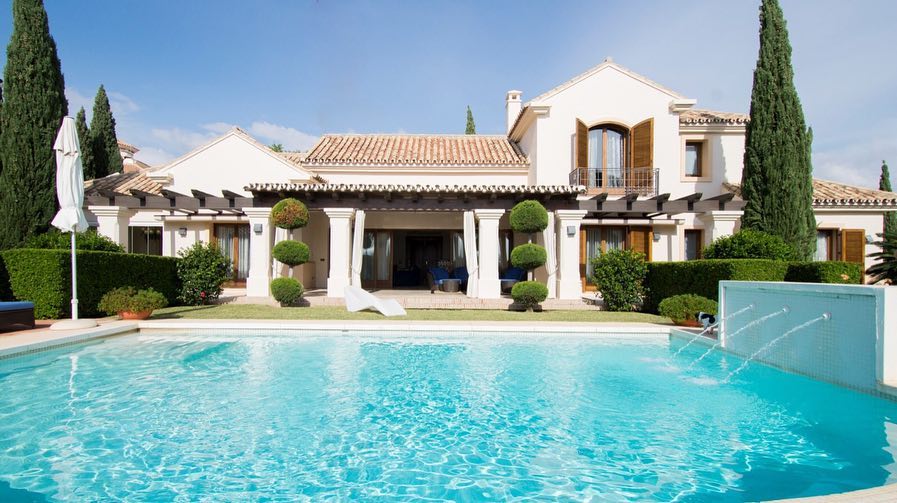If you are going to visit or stay forever where the sun shines six days a week, and the rhythms of flamenco fervently urge you to dance all night long, then you need to be ready for a fiesta! Spaniards love and know how to walk, surrendering to fun, so you should definitely see this feature, plunge into tradition and not miss one of the celebrations. Moreover, there are so many of them! Let's talk about the colorful national holidays of Spain.
The Spanish Government Gazette is a calendar that contains official holidays and weekends. In 2019, the Spaniards will rest the whole 14 days. Among them are the familiar New Year, Catholic Christmas, International Day of All Workers on May 1, as well as other familiar traditional religious celebrations.
Despite the fact that people are not averse to celebrating something all year round (at least the guests often get this impression), but the number of holidays for each region is regulated and cannot exceed 14. At the same time, this is 9 national and at least two regional.

In general, 'Fiestas' can be divided into 3 types:
- state;
- local;
- religious.
The latter, by the way, are almost the most popular, because much attention is paid to questions of faith. But, due to the frenzied agiotage, many religious dates gradually flowed into folk festivals with dancing, music, bright costumes, losing the severity of the root cause. The population is very sensitive to an infinite number of Catholic dates.
And of course in every single district and even the town has its own local festivities, bearing the imprint of its lifestyle, beliefs, and cultural traditions.

It has long been confused, regional celebrations have become popular, traditions and customs have passed from one to another, and this is called one beautiful word - fiesta! By the way, this is one of every Spaniard's favorite words!
One of the mixed holidays can be called Valentine's Day. Contrary to the world tradition of Day of lovers. By the way, it is celebrated on April 23, and not on February 14, and it is called La Diada de Sant Jordi in honor of St. George, a similar character to the priest Valentine. This date also coincides with the day of the memory of the world famous author Don Quixote - the writer Miguel Cervantes, who is very honored here. In this regard, April 23 is also considered the Day of the book. According to the established tradition, everyone who buys a book is presented with a scarlet rose. Why this particular flower? The fact is that there is a legend about the battle of George (Sant Jordi) with the dragon. From the spilled blood of the monster grew a purple rose, which he presented to Korolev. Locals love this story so much that now every year Barcelona blooms with red flowers, men give them to their darlings, and they give them books in return.
That's how the themes of literature and love intertwined, as often happens.
The Spaniards also have ritual holidays. For example, the Day of St. Juan is very similar to our Ivan Kupala - when people drive out harmful spirits through jumping and dancing by the fire.
Fiesta de San Juan runs from 23 to 24 June. He is considered one of the top popular among young people: they kindle bonfires, sing songs and have fun parties. According to giving in this way, jumping over a fire, you will be cleansed of evil spirits. Most of all believe in it in Alicante, where tradition is especially revered.

HAPPY BIRTHDAY
If you are invited to a Spaniard's birthday party - do not worry about the gift. They have a philosophical attitude in this regard - they will be happy even for a baked cake or simply warm words of congratulations, what they will say to “Gracja” (Thank you). Yes, it doesn’t sound very familiar, because it’s not customary to come empty-handed, but they also consider the age of the birthday man, though not dragging him by the ears, but by clicking on his forehead.
In general, here it is customary to celebrate the name of the whole month, not tied to the date. Birthdays meet with family, friends, and colleagues on different days before and after the date. In this case, most likely they will not gather people at home, but will go to a cozy small restaurant. At the table, it is not customary to behave with restraint: guests loudly shout toasts, sing, hug and make noise.

WOMEN
The observance of the traditions of the family and the very meaning of the word for the locals today, as well as three hundred years ago, have a huge weight. In any Spanish house, Madre is treated with special respect. Therefore, children and adults are preparing for Mother's Day (El Dia de la Madre). Usually, the younger members of the family do their own handicraft crafts, and those who are already earning money are luxurious gifts to thank the keeper of the hearth. It is customary to congratulate mothers on the first Sunday of May.
It should be said that the only deviation from the usual image of the mother, which has developed in the mind - is that modern Spaniards do not sit behind brick walls, but try to not in any way yield to men in work and self-expression.
But the features of their character, they are accustomed to show March 8. This holiday is not associated with the inhabitants of the country with the gentle smiles of girls and touching gifts from their loved ones. This is the possibility of open protest by women when they are allowed to show their disagreement on any occasion, and this is considered the norm.
In early March, female protest marches and demonstrations are organized annually, in which simple activists and participants of various public organizations and movements and political organizations take part. Enough ardent marches can be observed in the ranks of feminists. Interestingly, it is not an official weekend.

ODDITIES
Not all events are so ideological and filled with deep meaning. There are altogether strange and even shocking. For example, Antzar Eguna. It is annually celebrated in one of the fishing villages of Lekeitio. The point is that a rope with a goose attached to it is tightly stretched over the water of a local lake. The bird, though dead, but from this sight does not become more pleasant. In fact, the bird used to be alive, but animal activists have taken steps to change this fact.
What is the point? This competition is for all comers: you need to swim in a boat to the goose faster than the others, grab the neck of a bird that hangs above the water at such a distance so that you can hold your head to swing over the lake until the neck falls off and the winner falls into the water with a trophy . He, by the way, will get then the carcass.

NEW YEAR
This is not surprising - they also love the New Year very much. Since the end of November, Christmas markets have been beckoning with colorful lights and fabulous goods. On the eve, December 25, families arrange rich feasts, but on New Year's Eve everything is exactly the opposite. A large amount of food on the table is not set, limited to the main course and snacks. In the role of alcohol, wine, sherry and champagne are most popular.
On December 31, many people prefer to celebrate not at home, but in the central square of the city, where noisy festivities are held. If we rush to drink champagne for the chiming clock, in Spain they eat grapes. You need to have time to eat 12 grapes and make a wish. Many men and ladies, by the way, wear scarlet underwear - it is believed that this is “to wealth”.
THE COMING OF THE THREE MAGI KINGS
This is a bit like our St. Nicholas Day. The legend is connected with the birth of Jesus and the visit of the three wise kings to him - Melchior, Caspar and Balthazar. Children at Reyes Magos receive gifts and sweets for having behaved and tried well.

SPANISH FEBRUARY CARNIVAL
Carnival is popular in all cities of the country, sometimes it is held in very different ways, but every time is very fun. The celebration period is stretched for almost the whole of February.
Especially large-scale is the one that takes place on the Canaries in Santa Cruz. It is the first in attendance in Europe and second in the world after the legendary Rio de Janeiro.
Each time it’s dancing, loud music, parties until the morning, bright and sometimes weird costumes and masks that parade participants, townspeople and tourists wear.
Depending on the region, only the subject matter varies slightly: in the Basque Country it is rather a pagan village walk, in Sitges a peculiar carnival of debauchery that gathers its public, in Murcia parade participants become colorful huge figures - its distinctive characters.
Las Fayas (end of February - mid March)
On the last Sunday of February, the whole of Valencia is going to the world famous Las Fallas festival. It is associated with fireworks explosions, fireworks, thematic festival and, of course, the burning of huge dolls. It starts with the fact that the mayor of Valencia on the scene of the main square Ayunatmiento gives the keys to the gates of the city to the main flares. Over the next week, a celebration and the construction of “ninot” figures will take place every day near the City Hall. Make them in order to then burn 'for good luck' at midnight on March 19. This is a very colorful sight, and the theme of his costumes changes every year.

APRIL FAIR
During the Feria de Abril in Seville, townspeople dress in national costumes, dance flamenco and sevilyanos, drink local wines and drive around the city on horseback and vintage carriages. It looks very beautiful.
In a special tent camp, national and regional dishes are prepared, guests are treated with sherry and sweets, and nearby there are numerous performances, fair trade is in full swing, artists perform, and attractions for all ages work.
Those who have long wanted to watch bullfights should definitely visit Feria. Every evening a bullfight is held at one of the ancient arenas of the Plaza de Toros de la Real Maestrans. After it, the sounds of guitar, kahon and castanets do not stop all night, the guests dance, eat, drink and have fun.
SAN FERMIN
Since we have touched upon the subject of bullfighting, it is impossible not to mention San Fermin, which is celebrated in Pamplona, the capital of Navarre. Perhaps this is the second most popular holiday of the country after Tomatina. Tourists from all over the world come here (bull fighting has recently been banned in many areas thanks to the efforts of animal defenders) to look at the old-time fun - encerro. In a simplified interpretation, this is a bull run in the city. Bulls are let out, and brave brave men run away from them. The spectacle is really very colorful and pretty tickles nerves. Guests are waiting for performances of famous bullfighters, parades of figures, dances, fireworks and folk music. This action is dedicated to Fermin, Pamplona priest and patron of Navarre, who saved the town from the 13th century. The July 14 parade of festivities ends with the lighting of thousands of candles on the parade ground in front of the cathedral.

TOMATINA
Last Wednesday of July marks itself a famous, fun and messy event - Tomatina. He is quite young in comparison with the rest (only 70 years old), but no less visited from it. It lies in the fact that the inhabitants of the small town of Bunol in Valencia in the central square arrange tomato fights in the truest sense of the word. Thousands of people throw fresh tomatoes at each other.
But it all started quite banal. In celebration of the city’s day in 1944, young people who wanted to participate in the parade of giant dolls started a fight, attempting to disrupt the procession. They began to throw participants with tomatoes, plucked from a nearby field. Only now because of this, people have become even more fun, and the tradition has not just caught on, but has grown on a huge scale.

EASTER
Holy Week before Pascua is a little vacation. Basically, this period is used for travel and visits to relatives. Maundy Thursday, Good Friday, and in some provinces, Easter Monday are especially important for people this week. During Seman’s Santa, masses are held in temples, and religious processions are held in the squares and main streets.
But to remember the dead is not taken at Easter, on All Saints Day on November 1 (immediately after Halloween). It is an official holiday and is specifically provided by the authorities for the guidance of family graves.
Perhaps, we have already told about all kinds of celebrations, except for one - patriotic. In general, the Spaniards are ardent patriots of their country, who each time with great pride participate in its celebration.
Fiesta de la Comunidad Madrid or the day of Madrid is celebrated on May 2. This date is associated with the beginning of the battle for independence. In 1808, the patriots of Madrid pushed the people to a powerful movement against Napoleon and the French invaders, aimed at liberation. This marked the beginning of the war that went down in history as the Spanish-French.
Madrid in honor of this organize concerts, and in the center you can see theatrical scenes about the war. Thus, adult patriots try to instill in young people a spirit of love for their homeland.

An integral hallmark of the traditional solemn ceremony from the authorities is a huge military parade, demonstrating the historical achievements of the people and modern military equipment.
The Independence Day of Catalonia (September 11) became distinctive in this respect, because the Catalans are constantly fighting for this status, they prove it (it was proclaimed in 1980) and they want to make their own decisions in the region’s foreign and domestic policy. This problem was especially publicized last year, when all of Catalonia organized protests, demanding more autonomy from the government than it is now. On this day, the national flags of the region can be seen on the balconies of the city, talking on the streets in the Catalan dialect, you can look at the marches, loud actions in Barcelona, Girona and Tarragona.
Perhaps these are the brightest and most spectacular festivals in the land of the sun. It is worth noting that in their run-up it is extremely difficult to find not only what is worthier, but any kind of housing. If you want to comfortably visit any of the carnivals, you should take care of this in advance, or simply entrust the organization to specialists who will select the apartments that correspond to their status and actual needs.
